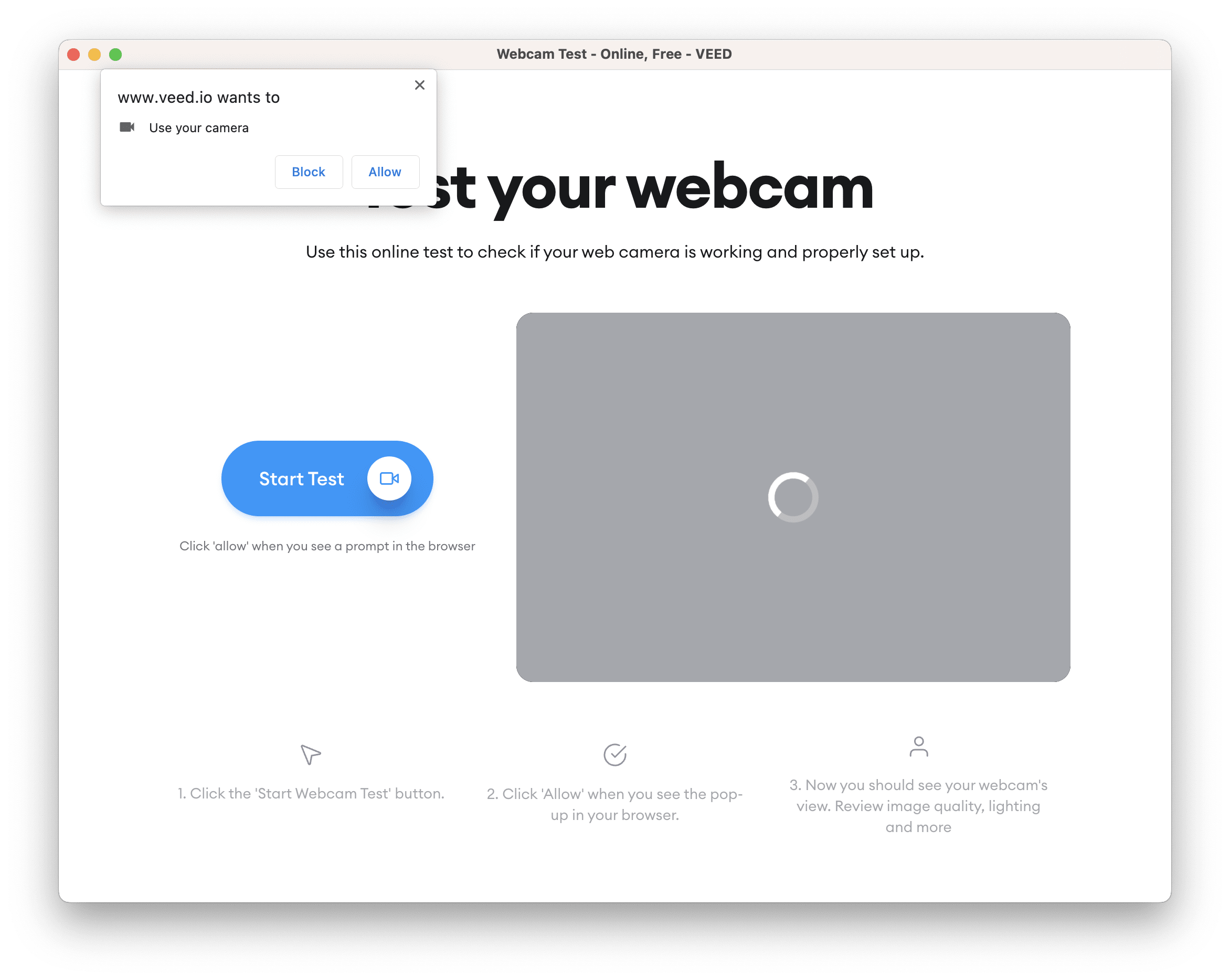Permissions
This page gives an overview of the app permissions in Molybden.
Permissions in Molybden refer to the various access rights that a website or web application may request to interact with certain resources or features on a user’s device. These permissions ensure user privacy, security, and control over what websites and web apps can access.
Permission requests
When a website wants to access a certain resource or feature, such as camera, microphone, location, notifications, etc., it needs to request the user’s permission.
By default, Molybden will display a permission prompt asking the user to grant or deny access.

The decision will be remembered for the current website and the user will not be asked again. To remember decision, Molybden will store the decision in the browser profile.
Note: The decision will be stored in the browser profile for the HTTPS and HTTP websites only. If you load a web page with custom scheme, the decision will be stored in a memory variable and remembered during the current session only.
If the user has denied the permission, Molybden will remember the decision for the current website and won’t ask the user again. You can reset the decision programmatically.
If the user hasn’t made a decision yet, Molybden will ask the user again the next time the website requests the permission.
Granting permission
You can grant specific permission programmatically. This will prevent the permission prompt from being displayed:
auto permissions = app->profile()->permissions();
permissions->onRequestPermission = [](const RequestPermissionArgs& args,
RequestPermissionAction action) {
// Allow access to the camera and microphone.
if (args.permission_type == PermissionType::kVideoCapture ||
args.permission_type == PermissionType::kAudioCapture) {
action.grant();
} else {
// Ask the user to allow or deny the requested permission.
action.ask();
}
};
To find out the type of the requested permission, use the permission_type field of the RequestPermissionArgs structure.
Resetting permission
You can always reset the decision for specific website programmatically:
permissions->resetPermission(PermissionType::kVideoCapture, website_url);
permissions->resetPermission(PermissionType::kAudioCapture, website_url);
Checking permission status
To check the permission status for specific website, use the getPermissionStatus() method:
auto permission_status = permissions->getPermissionStatus(
PermissionType::kVideoCapture,
website_url);
if (permission_status == PermissionStatus::kGranted) {
// The video capture permission is granted for the website.
}
Permission types
Molybden supports the following permission types:
| Permission type | Description |
|---|---|
kNotifications |
Ability to show desktop notifications. |
kGeolocation |
Access to the user’s physical location. |
kAudioCapture |
Access to the user’s microphone. |
kVideoCapture |
Access to the user’s camera. |
kClipboardReadWrite |
Access to copy and paste data to/from the clipboard. |
kClipboardSanitizedWrite |
|
kLocalFonts |
|
kAccessibilityEvents |
Access to the accessibility events. |
kSensors |
|
kBackgroundSync |
|
kDurableStorage |
Access to browser storage (localStorage, sessionStorage, IndexedDB). |
kMidi |
|
kMidiSysex |
|
kProtectedMediaIdentifier |